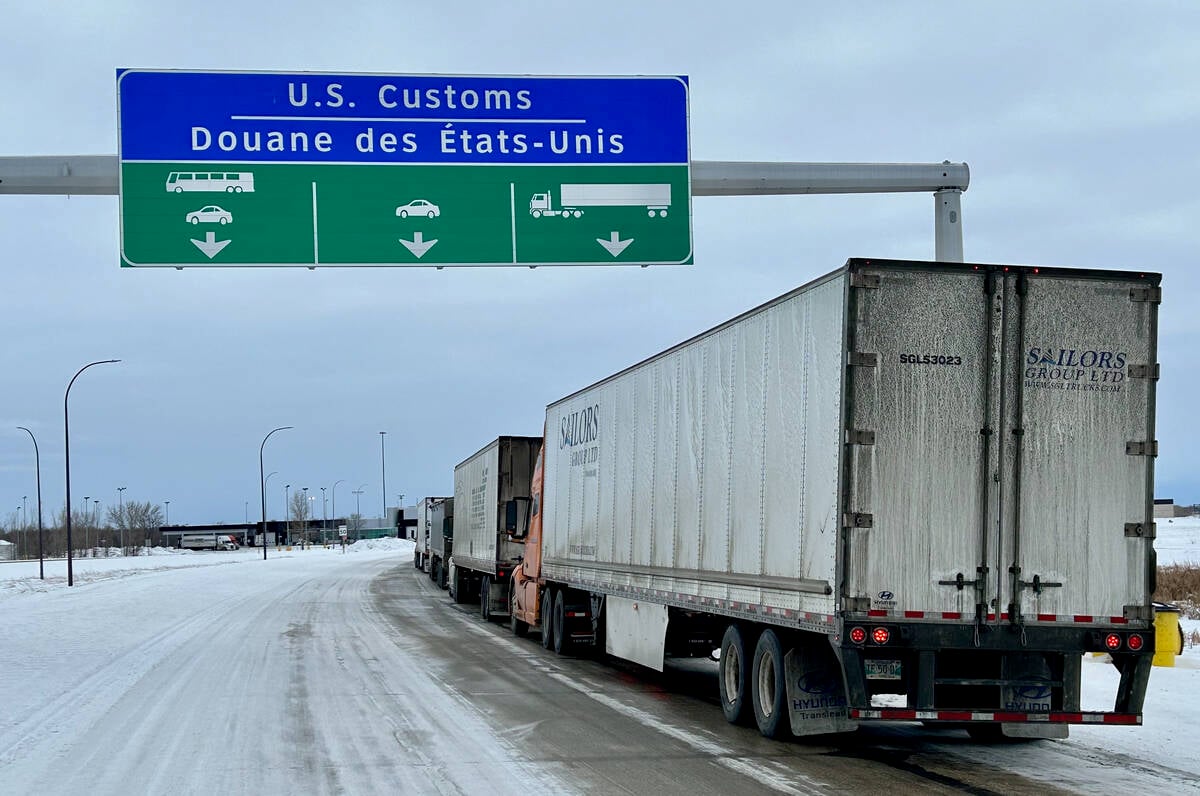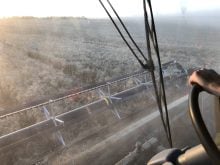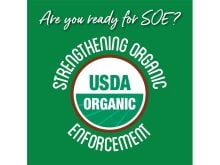It’s cheaper to raise a hog in Saskatchewan than in the Netherlands.
That’s no surprise to the people at Pork Central, the province’s pig boosting agency.
But now they think they have proof.
A Dutch agriculture student spent three months studying the costs of pig production in the two countries and found that Saskatchewan has much lower costs.
A pig produced here costs about $170, while a Dutch hog costs about $220, Lianne Kuunders’ research showed.
That includes the cost of machinery and buildings.
Read Also

U.S. bill could keep out Canadian truckers
The Protecting America’s Roads Act, which was tabled in the U.S. House of Representatives at the beginning of October, would “rid the country of illegal immigrant commercial truck drivers and ineligible foreign nationals.”
“It adds a little more fuel to our argument that the cost of production is cheaper here in Saskatchewan and Western Canada,” said Marilyn Jonas of Pork Central.
Cheaper feed is the biggest factor in reducing Saskatchewan expenses. A pig heading for the slaughter house here has consumed about $73 worth of feed, while a Dutch hog has eaten about $123.
And the cost of building and equipment depreciation is also at least twice as great in Holland.
The cost of a new sow site in the Netherlands is about $11,000. In Saskatchewan it’s about $4,000.
“That’s a big difference,” said Kuunders. The research was conducted in Saskatoon and will be used for her university course requirements and by Pork Central to promote hog barn development.
“There are too many pigs, too many people,” said Kuunders about why costs are so much higher back home.
She said her family’s operation is lucky to have 200 metres between it and the next barn. Across the road two barns are within 50 metres of each other, and many places have barns even closer together than that.
Canadian Food Inspection Agency veterinarian Terry Whiting, who recently returned from the Netherlands, said many barns are within “spitting distance” of each other.
Holland, which is 1Ú30th the size of Saskatchewan, contains 14 million pigs on 24,000 farms.
Few pig farmers there produce their own feed. Most is imported. They also don’t have enough land to spread the manure on, so it is generally shipped to other parts of the country where there are fewer barns, Kuunders said.
Dutch pig producers are able to survive high production costs because imports to the EU are strictly controlled and the costs can be passed on to consumers without competition from cheaper imported pork.
Kuunders said the Netherlands government encouraged hog barn development about 15 or 20 years ago.
Now the nation is reaping the environmental consequences and development is cramped by environmental laws and mounting manure treatment costs, she said.
That may lead some Dutch pig producers to move to Canada, where production is much cheaper, she said.
Not preferred by Dutch
But while the open spaces of Saskatchewan are great for more hog production, they may put off Dutch pig producers.
“It’s a different way of life,” Kuunders said.
Every Dutch hog farm is within a few kilometres of a village with a school, grocery store and hog supply operation. On the Prairies most barns are far from town.
Kuunders said she was awestruck by the isolation of farms she saw along the highway between Regina and Saskatoon.
But while the Saskatchewan lifestyle might worry some Dutch producers, Kuunders said, the cheaper production costs could entice them.

















